
Canon Row is a historic street in the City of Westminster in London. It is best known as the location of Canon Row Police Station.

Canon Row is a historic street in the City of Westminster in London. It is best known as the location of Canon Row Police Station.
In 1878 Canon Row extended from the back of Richmond Terrace to Bridge Street, Westminster, and about midway between the Thames and Parliament Street. It is a narrow thoroughfare.
According to John Stow and John Selden, Canon Row — or, as it was often called, Channel Row — derived its name from being the residence allotted to the Canons of St Stephen's Chapel in the Palace of Westminster. It was anciently the site of several grand townhouses. Stow states that among its inhabitants in his time were "divers noblemen and gentlemen," including Sir Edward Hobbes, John Thynne, Esq., Henry Clinton, 2nd Earl of Lincoln, (Lincoln House) and the Earl of Derby (Derby House) and the Duchess of Somerset, mother of the Earl of Hertford, (Hertford House) who both occupied "stately" houses. [1] Also situated on Canon Row was Sussex House, home of Thomas Radclyffe, 3rd Earl of Sussex. [2]
The current buildings on the site, including the Canon Row Police Station, date from the early 20th century. [3]
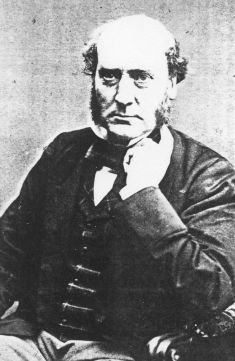
Sir George Gilbert Scott, largely known as Sir Gilbert Scott, was a prolific English Gothic Revival architect, chiefly associated with the design, building and renovation of churches and cathedrals, although he started his career as a leading designer of workhouses. Over 800 buildings were designed or altered by him.
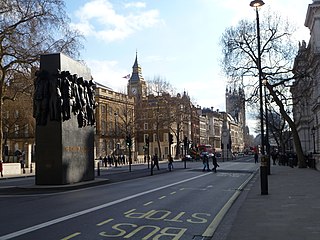
Whitehall is a road and area in the City of Westminster, Central London, England. The road forms the first part of the A3212 road from Trafalgar Square to Chelsea. It is the main thoroughfare running south from Trafalgar Square towards Parliament Square. The street is recognised as the centre of the Government of the United Kingdom and is lined with numerous departments and ministries, including the Ministry of Defence, Horse Guards and the Cabinet Office. Consequently, the name "Whitehall" is used as a metonym for the British civil service and government, and as the geographic name for the surrounding area.

Haymarket is a street in the St James's area of the City of Westminster, London. It runs from Piccadilly Circus in the north to Pall Mall at the southern end. Located on the street are the Theatre Royal, His Majesty's Theatre, New Zealand House, a cinema complex and restaurants.

Baynard's Castle refers to buildings on two neighbouring sites in the City of London, between where Blackfriars station and St Paul's Cathedral now stand. The first was a Norman fortification constructed by Ralph Baynard, 1st feudal baron of Little Dunmow in Essex, and was demolished by King John in 1213. The second was a medieval palace built a short distance to the south-east and later extended, but mostly destroyed in the Great Fire of London in 1666. According to Sir Walter Besant, "There was no house in [London] more interesting than this".
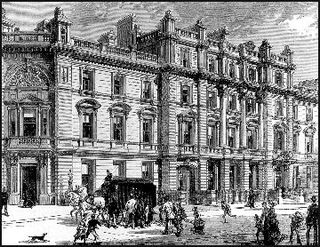
Bow Street Magistrates' Courtand Police Station each became one of the most famous magistrates' courts and police stations in England.

Edward Seymour, 1st Earl of Hertford, 1st Baron Beauchamp, KG, of Wulfhall and Totnam Lodge in Great Bedwyn, Wiltshire, of Hatch Beauchamp in Somerset, of Netley Abbey, Hampshire, and of Hertford House, Cannon Row in Westminster, is most noted for incurring the displeasure of Queen Elizabeth I by taking part in more than one clandestine marriage.
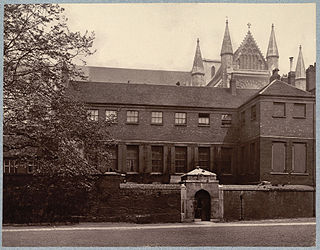
Ashburnham House is an extended seventeenth-century house on Little Dean's Yard in Westminster, London, United Kingdom, which since 1882 has been part of Westminster School. It is occasionally open to the public, when its staircase and first floor drawing-rooms in particular can be seen.

The Savoy was a manor and liberty located between the Liberty of Westminster, on two sides, the Inner and Middle Temple part of City of London and the River Thames. It was in the county of Middlesex. Named for the Savoy Palace, it came to be held by the Duchy of Lancaster, and was also known as the Liberty of the Duchy of Lancaster. The duchy continues to have land holdings within the area. The manor, enjoying the status of a liberty, comprised the precinct of the Savoy, the southern half and detached south-west of the parish of St Clement Danes and about three quarters of St Mary le Strand as it only, in a tiny part, extended north of Strand whereas those parishes straddled this ancient road.
Thomas Wharton, 2nd Baron Wharton (1520–1572), of Wharton and Nateby, Westmoreland, Beaulieu alias New Hall, Essex and Westminster, Middlesex, was an English peer.
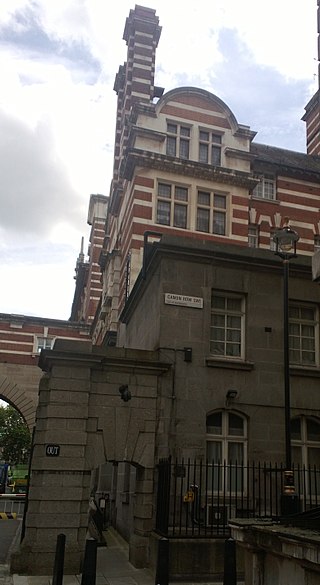
Canon Row Police Station in Canon Row, Westminster, was one of the Metropolitan Police's better known central London police stations. Replacing a leased station on King Street in St James's, it opened on 21 July 1902 in an extension to the Norman Shaw Buildings, then the home of New Scotland Yard. Canon Row Police Station was designed by the Metropolitan Police Surveyor, John Dixon Butler, with Richard Norman Shaw as consultant. The building is listed at Grade II*, and is no longer in use as a police station.

Essex House was a house that fronted the Strand in London. Originally called Leicester House, it was built around 1575 for Robert Dudley, 1st Earl of Leicester, and was renamed Essex House after being inherited by his stepson, Robert Devereux, 2nd Earl of Essex, after Leicester's death in 1588. The poet Philip Sidney lived in Leicester House for some time.
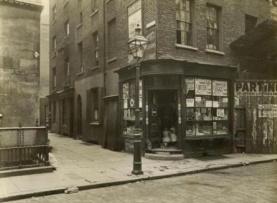
Clare Market is a historic area in central London located within the parish of St Clement Danes to the west of Lincoln's Inn Fields, between the Strand and Drury Lane, with Vere Street adjoining its western side. It was named after the food market which had been established in Clement's Inn Fields, by John Holles, 2nd Earl of Clare. Much of the area and its landmarks were immortalised by Charles Dickens in The Old Curiosity Shop, The Pickwick Papers, Barnaby Rudge and Sketches by Boz.

Lothbury is a short street in the City of London. It runs east–west with traffic flow in both directions, between Gresham Street's junction with Old Jewry and Coleman Street to the west, and Bartholomew Lane's junction with Throgmorton Street to the east.
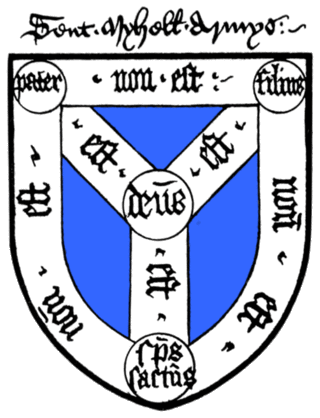
The Holy Trinity Priory, also known as Christchurch Aldgate, was a priory of Austin canons founded around 1108 by the English queen Matilda of Scotland near Aldgate in London.
Events from the 1260s in England.

Fisher's Folly was a large mansion on Bishopsgate Street, in Bishopsgate, London, built by Jasper Fisher in the 16th century. In his 1598 Survey of London, Stow reports that the home was "so large and sumptuosly builded" by a man deeply in debt that it became known as Fisher's Folly.
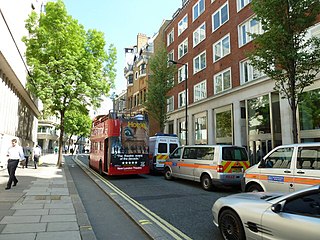
Petty France is a street in the City of Westminster in central London, linking Buckingham Gate with Broadway and Queen Anne's Gate.

Richmond House is a government building in Whitehall, City of Westminster, London. Its name comes from an historic townhouse of the Duke of Richmond that once stood on the site.

In British usage, the term townhouse originally referred to the opulent town or city residence of a member of the nobility or gentry, as opposed to their country seat, generally known as a country house or, colloquially, for the larger ones, stately home. The grandest of the London townhouses were stand-alone buildings, but many were terraced buildings.

New Scotland Yard, formerly known as the Curtis Green Building and before that, Whitehall Police Station, is a building in Westminster, London. Since November 2016, it has been the Scotland Yard headquarters of the Metropolitan Police (MPS), the fourth such premises since the force's foundation in 1829. It is located on Victoria Embankment and is situated within the Whitehall Conservation Area. It neighbours the Norman Shaw and Ministry of Defence buildings, together with Richmond House and Portcullis House.